There are 8 reasons cause the separation of a stone on the facade of the building, also there are some solutions are practical to learn. For more information, keep on reading.
building stone wall
The public and the occupants of a commercial or residential building are in danger if stones fall off the facade. One of the best ways to keep a building’s stone facade from crumbling is to investigate what’s causing the stones to pull apart, eliminate any factors that weaken the stone’s resistance, and keep up with regular installation and maintenance. Which stones are most likely to break free from the building’s exterior? More of the stones that were once visibly attached to the building’s exterior have fallen off. Because of their thin and compact size, these stones are typically installed and created to enhance the appearance of the façade. Mice teeth, hyena chests, a building’s framework, and pillars are just some of the many things that can be found among these rocks. The small stones should be screwed onto the facade, and if that is not possible, they should be taken down. Can you tell me what causes stones to become detached from a building’s exterior?
- Accelerated curing of cement
There is a major cause of facade stone cracking in the masonry of the building’s facade. The cement mortar immediately dried out after being mixed with water. The cement mortar needs to dry out gradually so that the final product is a unified whole. However, if it dries out faster than normal due to factors such as wind, air temperature, etc., the under layers will become detached from the over layers. To prevent this from happening, it is recommended that water be sprayed onto the mortar’s top layer regularly. It’s possible to worry that this seam will increase the amount of damage already present in the stones. This issue, however, can be avoided by the use of specific adhesives and polyurethane adhesives to seal the seams. One strategy to keep the buildings outside from crumbling is to do what has been described. 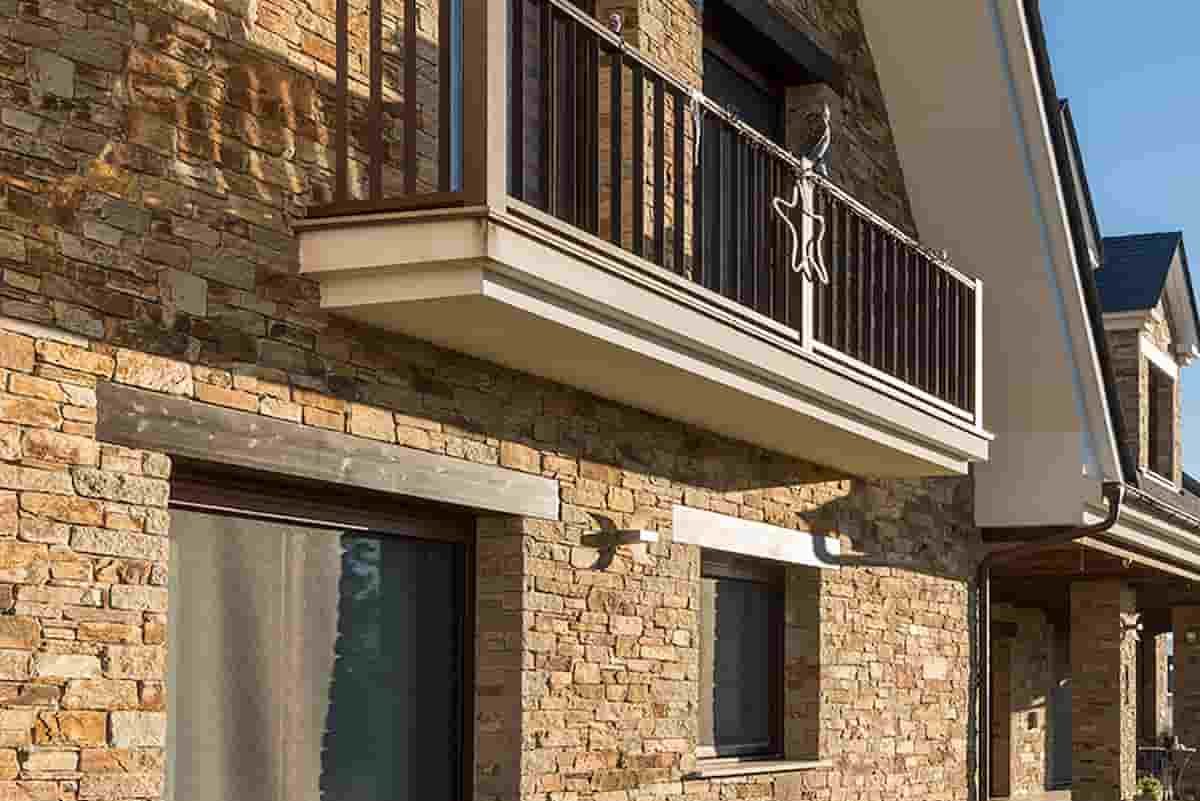
building stones types
Misuse of building supplies Water is a key component in the production of mortar. The mortar will crack and become less resistant if too much water is added to it. No Seam of Contraction Cement shrinks in volume, thus it’s important to set up contraction joints so the finished surface doesn’t get any weird cracks. Every 5 meters, a seam 5 cm wide should be made on surfaces of this size or larger. In the case of mortar, for instance, using more water than is necessary will result in the material drying up too soon and becoming weak. Overstressed infrastructure, public health, and economic losses are all possible outcomes of abnormally low water demand. Four. Sand’s Functionality Soil is another component of the mortar used in the building’s facade construction. Sand is often used by inexperienced gardeners instead of soil. A mortar’s quality, adhesion, and resistance are all severely diminished when made with earthy sand. When using this sand, only the top layer is sticky. A novel approach to improving mortar’s adherence is to replace soil and sand with concrete glue. 5 – Misusing surfaces for artwork Unfortunately, there are some surfaces on which cement mortar does not adhere well. Using it on materials like metal and plastic will not produce desirable results. 
building stones
Facade stone is protected from cracking because skilled facade workers cover the metal sections of the facade with rabbets. Because of this, the mortar used in the cement may become stuck to the metal. Congregational Building Meeting 6 As a result of overlooking crucial details in the construction of the foundation, some structures eventually settle. In order to prevent the building from sinking over time, it is standard practice for all builders to first stabilize the foundation. The settlement of the structure will result in hazards such as cracked facades and falling stones. When they fall, heavy stones like granite can inflict serious injury or even death to nearby residents and extensive property damage. 7 – Amateur performer You can put your faith in the facade presenters since they have amassed a wealth of experience and knowledge over the years. However, if you use workers who aren’t skilled and reliable, your building’s facade won’t be completed properly. This problem is a major contributor to the deterioration of facades. This style of executive employs techniques like the ones mentioned above to get more done in less time.
- Incorrectly assessing the significance of a stone
In some instances, the separation of the facade might be brought on by selecting the incorrect stone for the outside. The usage of marble is an example of a poor material choice for a building’s exterior, as it expands in response to temperature and humidity changes, cracks under the weight of rain and snow, and eventually crumbles to the ground. 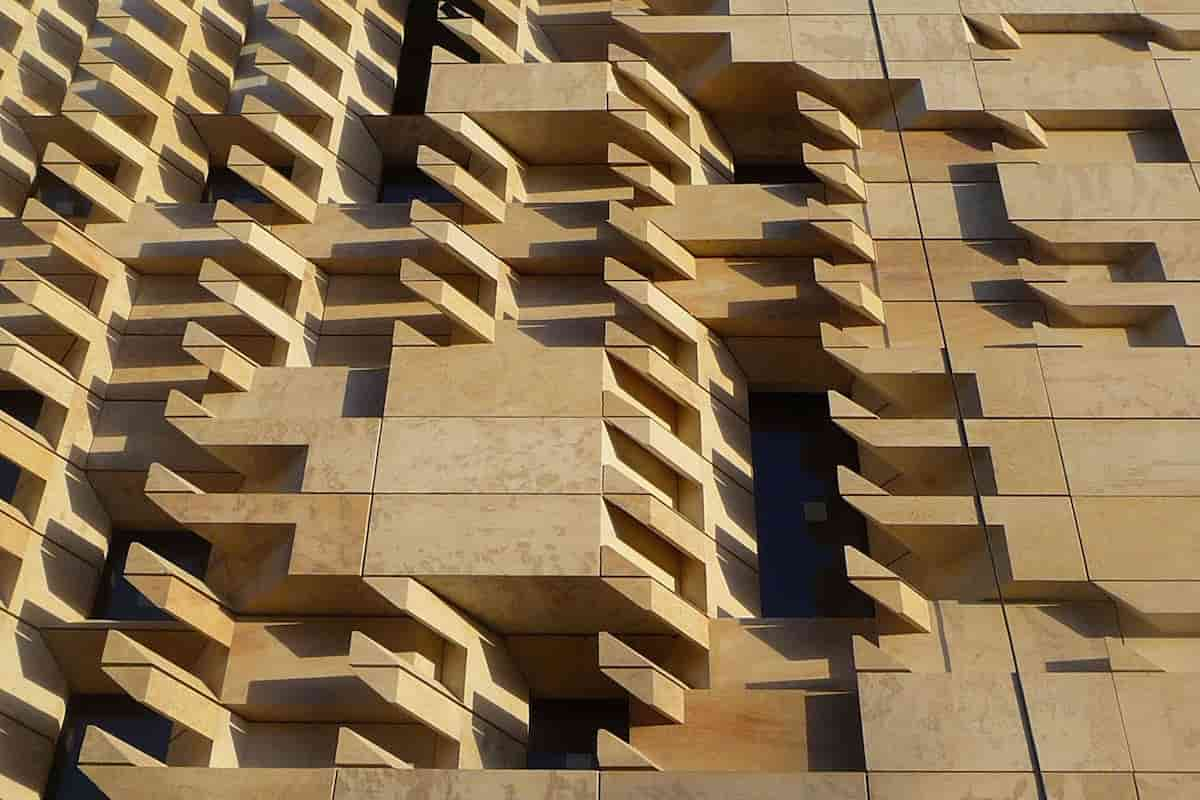
building stones for sale
Stone selection for a building’s exterior is influenced by the local climate. Limestone, for instance, can’t be used in places where there is excessive precipitation and carbon dioxide levels. You shouldn’t use it for the outside of a building. An answer to the problem of the building’s facade collapsing Several methods are discussed in this section to keep the building’s stone front from collapsing: A building’s facade can be protected from collapse in several ways, the first of which is by using appropriate stones, such as antique stones, travertine stones, Roman stones, brickwork, and ultimately, tool-worn stones, etc. By having professionals set up these stone walls, you can see how each one is constructed to maximize its resilience to weather. If you want a smooth finish behind your facade, wet cement is best. The use of scrap and low-quality materials to fill the grout gap beneath the stone facade is a major factor in its eventual detachment. It is vital that washed sand be used in the grout between the stones. Wet cement can be used for the slurry to speed up the process, but dry cement should never be used. Variations in grout thickness behind a facade The resilience of this sink in the face of environmental influences is greatly impacted by the thickness of the grout used behind the facade. The type and weight of the stone used in the facade determine the optimal thickness. Anchoring hardware for a stone veneer Fascia screws and dowels are the best and most effective way to strengthen the resistance of the facade and stop it from dropping. Second, a tiny proportion can elect to utilize adhesives to preserve the look of historic stone and brick. This procedure is performed when the stonework is complete, and it goes as follows: Using a drill, holes are drilled into the stone plaque at strategic intervals; a dowel is then inserted into the holes in both the stone and the wall, and the stone is held in place with screws. The stone can be held in place with the help of a washer as well. It is crucial to ensure that the screws and washers used are of the stainless variety to prevent rusting. There are warnings that the building’s stone face may fall at any moment. 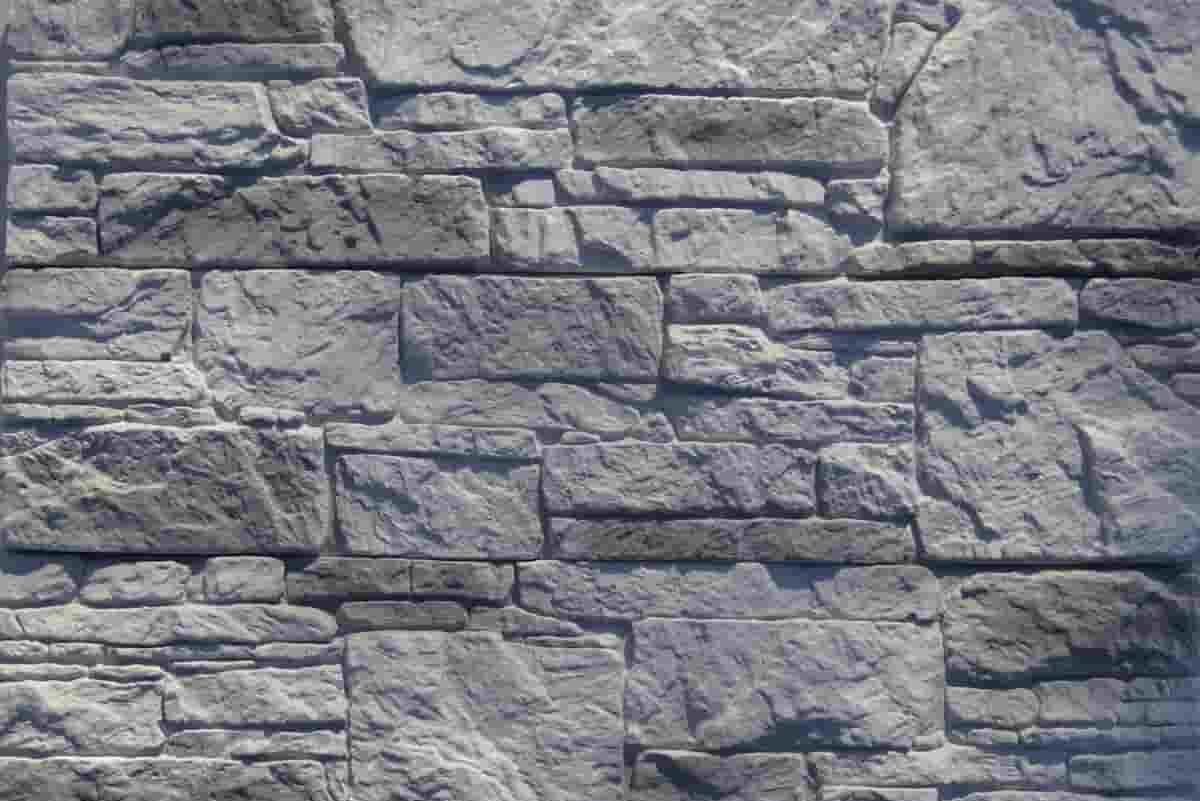 You’ve probably heard more than once that buildings’ stone facades can loosen and tumble with the passage of time, but that this can quickly turn into a catastrophe. Imagine, for instance, that a pedestrian walking beneath your building knocks off a chunk of stone from the exterior, causing severe damage that cannot be repaired. A question arises, though: Does a stone from the building’s facade fall unexpectedly, or can we see the warning indications beforehand and stop it from happening? In this article, we will discuss the warning indicators and safety precautions to take in the event of a facade stone falling: Lack of shine, wax, and functional resin on stone facades 1. If you want a smooth, polished, and waterproof stone for your home’s exterior, chances are good that it was treated with some sort of working resin or wax and polish. Some of the stone’s water-repellent quality may have been lost in the cutting process, making it more susceptible to the slow detachment that results from exposure to rain, humidity, and acid rain. Because water seeping through the stone can erode the base material (brick or concrete), creating a gap and a break in continuity between the stone and your wall. The building’s exterior is cracking A bad omen, cracks in the stone used for your building’s exterior could be caused by any of the following: 1 – Stones get longer as a result of the expansion coefficient. Placement of a structural element within a building’s footings Third, the mortar between the face stone and the wall has begun to loosen. Cracks that indicate the facade may collapse should be repaired as soon as possible. Three, the exterior walls are made of granite and marble.
You’ve probably heard more than once that buildings’ stone facades can loosen and tumble with the passage of time, but that this can quickly turn into a catastrophe. Imagine, for instance, that a pedestrian walking beneath your building knocks off a chunk of stone from the exterior, causing severe damage that cannot be repaired. A question arises, though: Does a stone from the building’s facade fall unexpectedly, or can we see the warning indications beforehand and stop it from happening? In this article, we will discuss the warning indicators and safety precautions to take in the event of a facade stone falling: Lack of shine, wax, and functional resin on stone facades 1. If you want a smooth, polished, and waterproof stone for your home’s exterior, chances are good that it was treated with some sort of working resin or wax and polish. Some of the stone’s water-repellent quality may have been lost in the cutting process, making it more susceptible to the slow detachment that results from exposure to rain, humidity, and acid rain. Because water seeping through the stone can erode the base material (brick or concrete), creating a gap and a break in continuity between the stone and your wall. The building’s exterior is cracking A bad omen, cracks in the stone used for your building’s exterior could be caused by any of the following: 1 – Stones get longer as a result of the expansion coefficient. Placement of a structural element within a building’s footings Third, the mortar between the face stone and the wall has begun to loosen. Cracks that indicate the facade may collapse should be repaired as soon as possible. Three, the exterior walls are made of granite and marble.  When compared to travertine, the superior mortar adherence of granite and marble is due to the stones’ lack of high porosity. However, granite and marble stones cannot be worked using grout and typical procedures; hence, it is imperative that you keep in mind the following: you should use safer methods to install these stones; if you have not used a scoop or screw before, you should be wary of possible dangers. Finally, a remark explaining why the stone is no longer attached to the building’s exterior. Those in charge of constructing the stone façade should employ reliable techniques while scooping and repairing the stone. The stone facade was torn off due to impacts, earthquakes, and the use of low-quality materials. Even the stonework of the façade of the building will not be damaged by the most severe impacts if the stones are laid securely from the start and standard tools and materials are used to install the stone facade. In order to save money and time, it’s important to follow paving guidelines. Please let us know if you have any concerns or ideas regarding the reasons for and methods of repairing stone facade separation. We are here to help, and one of our specialists will respond to your inquiry as soon as possible.
When compared to travertine, the superior mortar adherence of granite and marble is due to the stones’ lack of high porosity. However, granite and marble stones cannot be worked using grout and typical procedures; hence, it is imperative that you keep in mind the following: you should use safer methods to install these stones; if you have not used a scoop or screw before, you should be wary of possible dangers. Finally, a remark explaining why the stone is no longer attached to the building’s exterior. Those in charge of constructing the stone façade should employ reliable techniques while scooping and repairing the stone. The stone facade was torn off due to impacts, earthquakes, and the use of low-quality materials. Even the stonework of the façade of the building will not be damaged by the most severe impacts if the stones are laid securely from the start and standard tools and materials are used to install the stone facade. In order to save money and time, it’s important to follow paving guidelines. Please let us know if you have any concerns or ideas regarding the reasons for and methods of repairing stone facade separation. We are here to help, and one of our specialists will respond to your inquiry as soon as possible. 
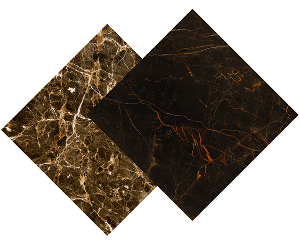
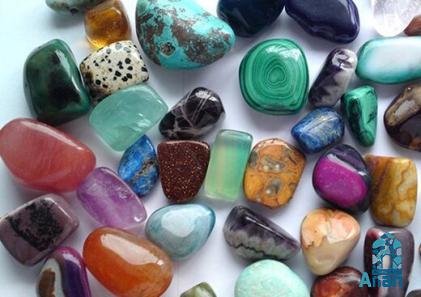

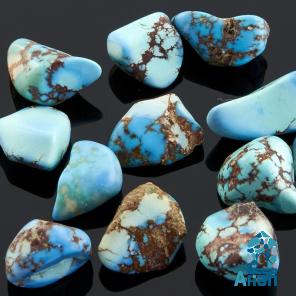
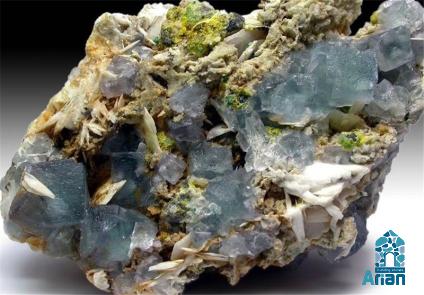
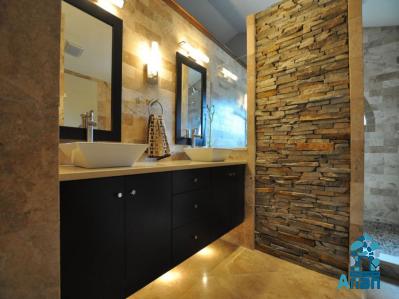
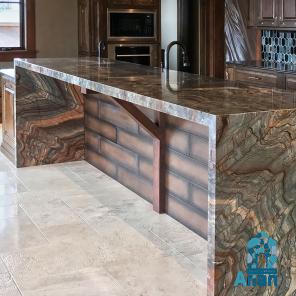


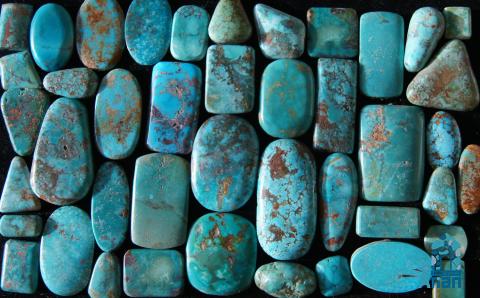
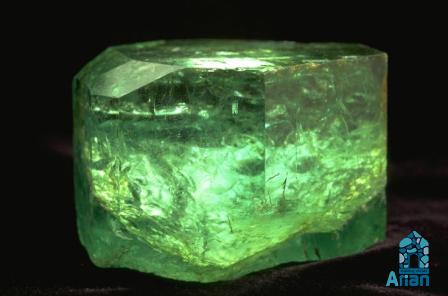
Your comment submitted.